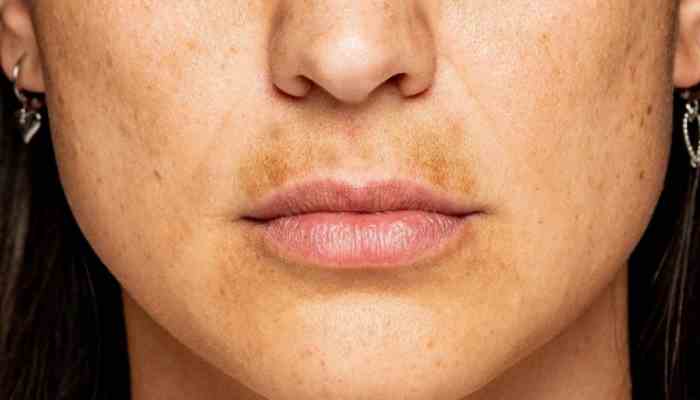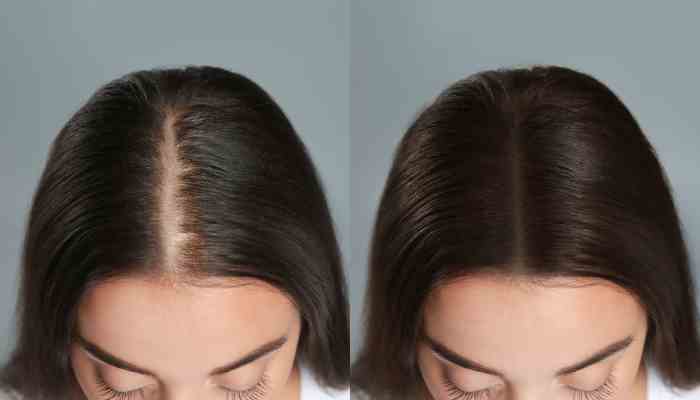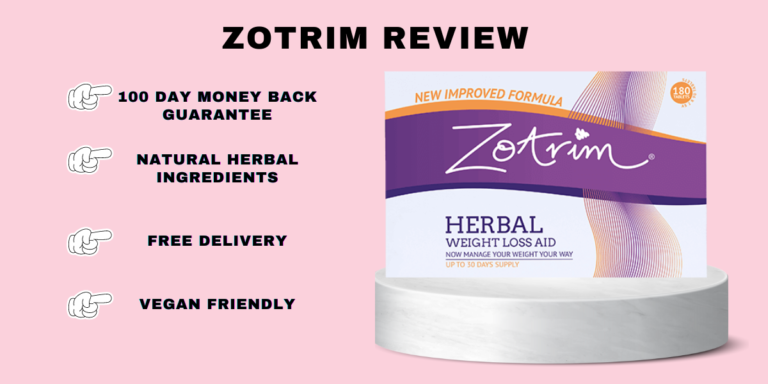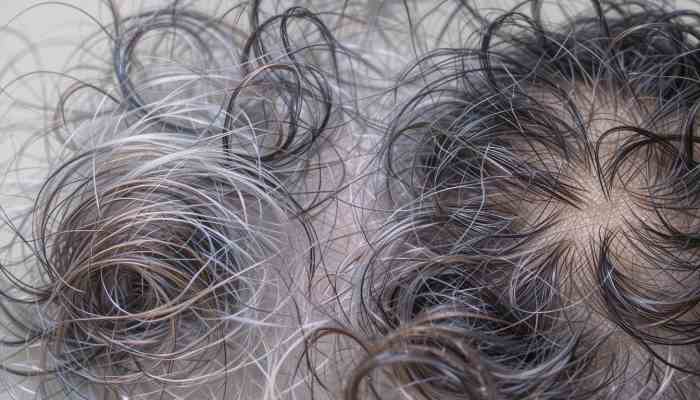Keep Melasma at Bay: How to Prevent Recurrence After Successful Treatment
Among the numerous skin pigmentation problems, Melasma is notorious for being one of the most difficult conditions to treat. This skin flaw, identified by a spread of patches that are either brown or gray-brown in colour across an area of the skin, can affect differently the face and other parts of the body that are frequently. Aside from its persistence, this skin concern also can recur even after a successful melasma treatment in Singapore.
If you have managed to cure your Melasma, it is important that you take the right measures to prevent it from coming back. This article takes a closer look at the various effective approaches involving lifestyle adjustments, medical interventions, and proper skincare routines that help keep Melasma at bay. Read on.
What you need to know about Melasma
Before we proceed to our main focus, it is essential that you have a better understanding of the root causes of Melasma. This skin condition occurs when your body produces too much melanin, a pigment that gives your skin its colour, due to a triggering factor. The common triggers of melanin’s overproduction are:
- Genetics
- Hormonal Fluctuations
- Skin Inflammation
- Sun Exposure
Genetics. If Melasma is passed on from one generation of your family to another, then your risks of developing it are high.
Hormonal Fluctuations. Studies have found that hormonal imbalances can influence the excessive production of melanin, leading to Melasma. Hormonal replacement, oral contraceptives, and pregnancy can be factors that directly influence its development.
Skin Inflammation. Irritation due to injuries or treatments to the skin can aggravate your existing Melasma.
Sun Exposure. Your body’s pigment-producing cells, called melanocytes, can set off and produce an extreme amount of melanin when your skin is exposed to Ultraviolet (UV) light, particularly the sun’s strong rays.
Being aware of Melasma’s trigger can greatly help manage your condition and also avoid its return.
Effective approaches to prevent Melasma recurrence
- Sun Protection – Protecting yourself from the harsh rays of the sun is paramount when it comes to managing your skin from another battle with Melasma. Sunscreen and accessories that shield your skin from the sun should be your first line of defense.
- Proper use of Sunscreen: Broad-spectrum sunscreen must be used everyday. Use sunscreen with at least SPF 30 or higher to protect your skin against UVA and UVB rays. A tinted sunscreen is also recommended as this contains iron oxides that block visible light, which can aggravate melasma. Remember to reapply sunscreen immediately if you are sweating or after swimming, and every two hours whenever you are outdoors.
- Sun protection accessories – There are now many clothing that has UV protection. These are ideally worn when your activities require you to be exposed under the heat of the sun, especially during peak hours, on a daily basis. Don your head with a wide-brimmed hat that can cover your face from the direct reach of the sun’s rays. As much as possible, stay indoors from 10:00am to 4:00pm to avoid the harmful rays of the sun. If your risk of developing melasma is high, it is best to stay away from tanning beds and other devices that can emit artificial UV light.
- Hormonal Management – Countless cases of melasma among women often point to hormonal imbalance as its root cause and the chances of developing melasma are greater in women who are pregnant. Keeping your hormones under control is critical to prevent melasma from resurfacing.
- Addressing Hormonal Imbalances – Hormonal contraceptives can trigger melasma development. Talk to your doctor to find alternatives when this happens. Likewise, you should get evaluated and treated for any underlying medical conditions, such as thyroid disorders or polycystic ovary syndrome (PCOS), that can influence the formation of melasma in your skin.
- Chloasma Management – Chloasma is the medical term for melasma, otherwise known as the “mask of pregnancy.” The patches of discolouration usually fades after pregnancy, but there is no guarantee that it will not relapse. Prevention can be done by vigilantly using sun protection and ensuring that you use gentle products on your skin throughout and after your pregnancy.
- Medical Interventions and Maintenance – If the cure to your melasma was brought about by medication prescribed by your healthcare provider, it is normally advised that these should be maintained long-term.
- Topical Medications – Low dosage of hydroquinone or combination creams are commonly prescribed by aesthetic specialists to control melasma symptoms. This should be applied following your doctor’s instructions to avoid irritating your skin, which can lead to melasma.
- Oral Medications – Stubborn or recurrent melasma can be managed with oral tranexamic acid. This medical drug works by stopping the production of melanin. The medication also has possible side effects, so it is important that you use it under the strict guidance of your doctor.
- Practice a Healthy Diet and Lifestyle – Making adjustments to your lifestyle habits and diets can make your prevention even more effective.
- Eat Antioxidant-Rich Foods – Fruits, green tea, nuts and vegetables contain high levels of vitamins C and E, flavonoids, and polyphenols. These nutrients can aid in minimising inflammation and oxidative stress in your body, which can make your melasma worse.
- Managing Your Stress – Chronic stress can cause the body to generate an influx of stress hormones, such as cortisol, which can disrupt the level of your hormones and provoke melasma development. Engage in mindfulness practices and activities that can lower your stress like getting enough sleep, meditating, and doing yoga.
- Use Skincare Products with Caution – While skincare products function to take care of the skin, some contain harsh ingredients that can irritate the skin and increase your risk of melasma recurrence.
- Read the labels – When choosing products for your skin, always read the labels. Avoid products that consist of alcohol, strong acids, and abrasive scrubs. Your best choices are non-comedogenic and fragrance-free skincare products.
- Moisturise Regularly – Hydration is key to keep the skin’s barriers healthy and protect it from irritation. Regularly apply moisturisers to your skin that contain ceramides, glycerin, and hyaluronic acid.
Conclusion
Finding the cure for melasma does not mean that you are forever free from this unflattering skin problem. Proactive steps must be taken to reduce the likelihood of its recurrence. If your melasma has relapsed, do not take matters into your own hands. Consult with your doctor to know the most efficient melasma treatment in Singapore and avoid complications.
Harmony Aesthetics Clinic
1 Grange Road, #13-01
Orchard Building,
Singapore 239693
https://harmonyaesthetics.sg/
Tel: 6970 5418
Whatsapp: 8822 3089







